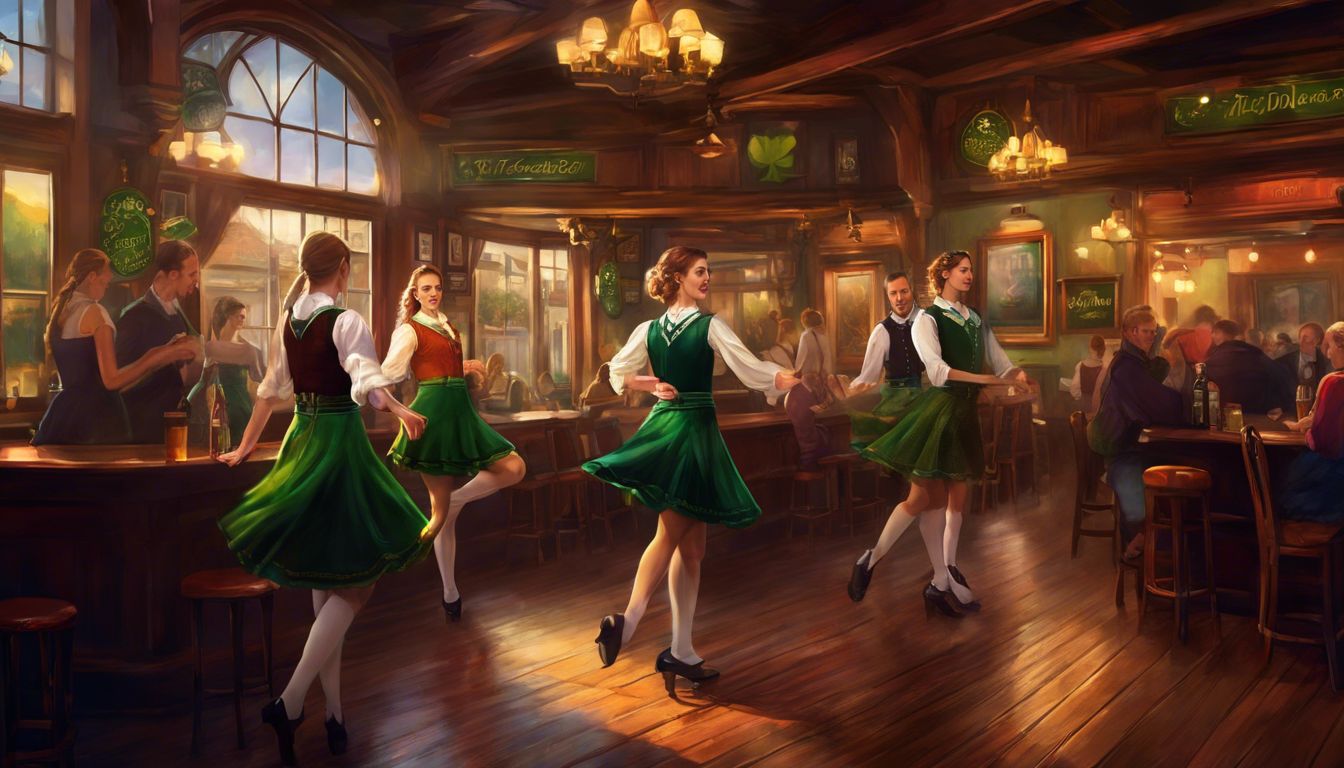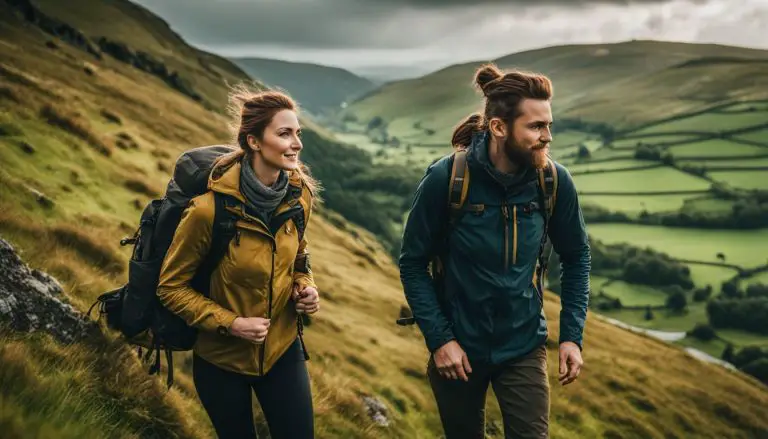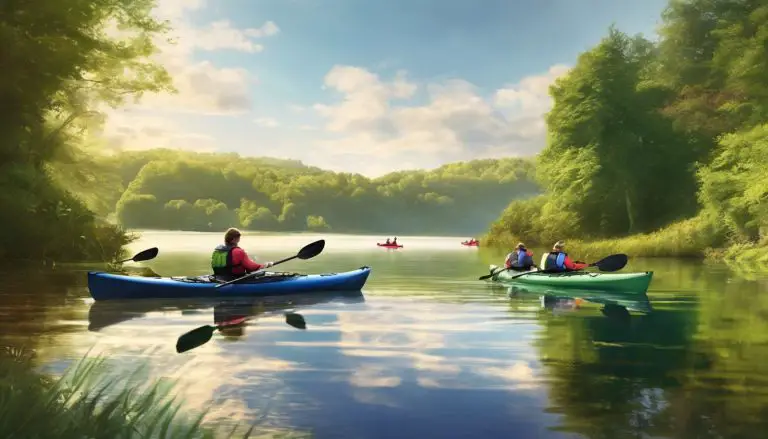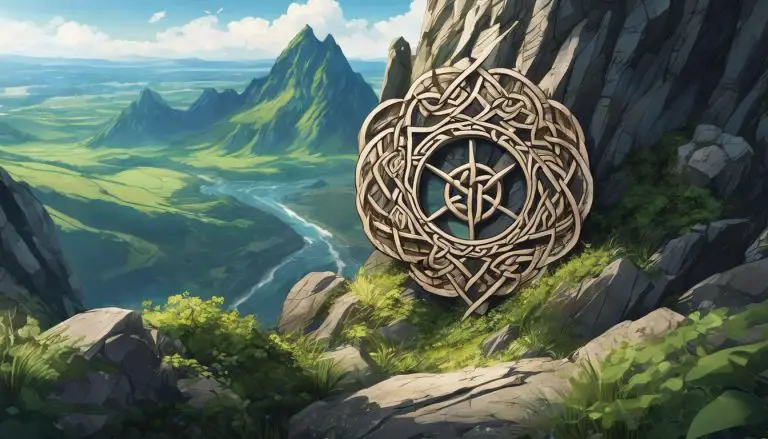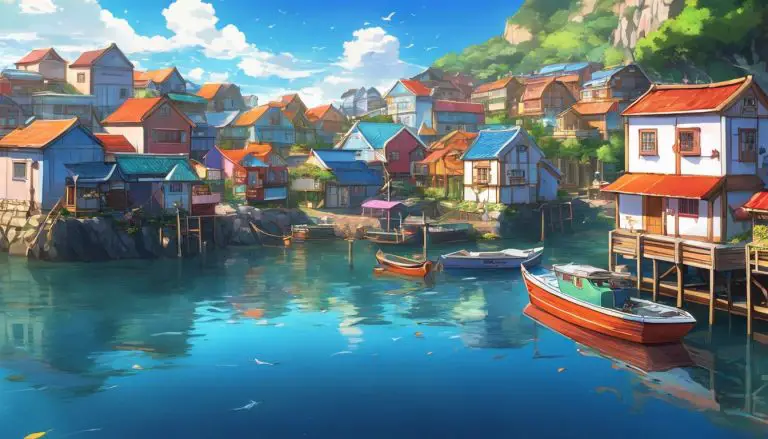What is an Irish Dance Called? A Guide to Traditional Irish Dance Forms and History
Ever found yourself spellbound at a St. Patrick’s Day parade, marveling over the intricate dance steps? Trust me, you’re in good company; my own toes have been itching to decode those captivating rhythms.
Together, let’s dive into the lively universe of Irish dance. From time-honored techniques to innovative spins on age-old jigs and reels, this guide is your backstage pass to a cultural celebration through movement.
So lace up your dancing shoes — we’re about to embark on an exhilarating journey into the heart of Ireland’s cherished art form!
Key Takeaways
- Irish dance is a cultural tradition with centuries of history, including social gatherings and storytelling.
- There are different types of Irish dances, like Traditional Step Dance and Sean Nos, each with unique steps and styles.
- Competitions called Feiseanna showcase dancers’ skills worldwide and help keep the culture alive.
- Costumes in Irish dance have gone from simple clothes to elaborate outfits reflecting Celtic designs.
- Shoes are specially made for the type of dance, like soft ghillies for light dances or hard shoes for heavy tapping.
History of Irish Dance
Irish dance has a rich history that dates back centuries, with early forms of traditional dance evolving into the organized and codified styles we see today. The post-Riverdance era also brought about a resurgence of interest in Irish dance worldwide.
Early forms of Irish dance
I love exploring traditional Irish dance forms. Let me tell you, they have deep roots in Ireland’s history! Long ago, people came together to dance at social gatherings. They enjoyed three main types: the lively Irish Hey, the graceful Rinnce Fada or long dance, and the Trenchmore which was quite energetic.
Dancing wasn’t just for fun; it also told stories and celebrated important events.
Back in the 1500s, these dances started shaping a unique style we now know as Irish dance. Dancers would perform to captivating traditional Irish music. The steps were precise, and each move had meaning tied to Celtic and Gaelic traditions of Ireland.
It was more than just dancing; it was a way for neighbors to connect in their communities through Ceili Dances like quadrilles and jigs. These early dances laid the groundwork for what has become a world-famous cultural treasure.
Codification and organization
In the 1930s, Irish dancing was standardized and organized by An Coimisiún Le Rincí Gaelacha (CLRG), which is the main organization that oversees Irish dance worldwide. It established a set syllabus and rules for competitions to ensure consistency in teaching and judging.
The CLRG also developed grades for dancers, from beginner to champion levels, creating a structured path for progression. This codification allowed Irish dance to flourish globally through standardized teaching methods and uniform competition guidelines.
Additionally, organizations like An Comhdháil na Múinteoirí le Rincí Gaelacha (The Congress of Irish Dance Teachers) play a significant role in organizing events, providing teacher certification, and contributing to the preservation of traditional Irish dance.
Post-Riverdance era
In the post-Riverdance era, Irish dance experienced a surge in popularity thanks to the global success of Riverdance and other similar productions. This led to an increased interest in learning traditional Irish dance forms, with many people from different parts of the world taking up Irish step dancing and ceili dancing.
The widespread recognition also brought about more opportunities for Irish dancers to perform at international events and competitions, further propelling the art form onto the world stage.
This period marked a significant revival of interest in traditional Irish culture with a particular focus on music and dance. As a result, there was a renewed emphasis on preserving and promoting authentic Irish dance forms and history.
Types of Irish Dance
I will discuss Traditional Irish Step, Modern Irish Step Dancing, Irish Set Dancing, Irish Ceili Dancing, and Irish Sean Nos Dancing. Each type has its unique style and history that contributes to the rich tradition of Irish dance.
Traditional Irish Step
Traditional Irish step dance is a captivating and precise form of solo dancing that’s characterized by the dancer’s stiff upper body and intricate footwork. It’s believed to have originated in the 18th century, with its roots firmly embedded in traditional Irish music and culture.
This style emphasizes quick leg and foot movements, often accompanied by lively beats, making it both visually stunning and rhythmically engaging. Each step tells a story or portrays emotions through the combination of movements, adding depth to the performance.
An essential component of traditional Irish step dance is maintaining a straight posture while executing complex footwork, ensuring that every movement remains crisp and clear. The distinct sound created by specialized hard-soled shoes against wooden floors adds another layer of artistry to this form of dance.
Modern Irish Step Dancing
Irish Step Dancing blends traditional Irish dancing with modern influences. It features intricate footwork, rigid upper body, and the arms held firmly at the sides. This style gained global recognition through popular performances like Riverdance and Lord of the Dance.
Modern Irish step dance competitions, known as Feiseanna, are popular events where dancers showcase their skills to traditional Irish music.
Contemporary choreography has also been incorporated into this dance form without deviating from its traditional roots. The lively rhythm and quick movements make it a captivating spectacle for audiences worldwide.
Irish Set Dancing
Moving from the lively and athletic movements of modern Irish step dancing, Irish set dancing offers a more communal and social dance experience. This traditional form of group dancing typically involves four couples in a square formation, performing a series of lively and rhythmic figures to traditional Irish music.
The dance is led by a “caller” who announces each figure, guiding the dancers through intricate footwork with precision and timing. Set dances vary regionally across Ireland but are united by their energetic spirit and emphasis on collective enjoyment over individual performance.
Irish set dancing often takes place at social gatherings such as ceilis or festivals, where participants of all ages come together to celebrate their cultural heritage through spirited movement and music.
Irish Ceili Dancing
Moving from the structured patterns of Irish set dancing, Ceili dancing is a lively and social form of Irish folk dance. It involves group participation with dancers performing in circles or lines to traditional music.
The term “Ceili” originally referred to gatherings for storytelling, music, and dance. In these dances, participants perform quadrilles, reels, jigs, long or round dances in a relaxed social setting.
During Ceili dances, individuals often come together in groups to share their love for traditional Irish music and dance. This communal style of dance fosters a sense of connection and joy among participants while immersing them in the rich cultural heritage of Ireland.
Irish Sean Nos Dancing
Moving from the lively and social atmosphere of ceili dancing, Irish Sean Nos Dancing offers a more intimate and soulful experience. This traditional form of solo dancing is characterized by its close connection to the music, with dancers interpreting the rhythm through their feet while maintaining a relaxed upper body.
The name “Sean Nos” translates to “old style,” reflecting the deep roots of this dance in Irish culture. Unlike other forms of Irish dance, Sean Nos allows for improvisation and personal expression within the framework of established steps and movements, making each performance unique.
Sean Nos dancing flourished in rural communities as a cherished pastime passed down through generations. Its focus on individual creativity and storytelling through movement captures the essence of Ireland’s rich cultural heritage, providing travelers with an authentic glimpse into this captivating tradition.
Irish Dance Costumes and Shoes
Irish dance costumes have evolved over time, from simple everyday clothing to elaborately decorated dresses and suits. Different types of shoes are also used for Irish dancing, including soft shoes for light shoe dances and hard shoes for the more percussive heavy shoe dances.
Evolution of Irish dance costumes
Irish dance costumes evolved from everyday wear to elaborate dresses. Initially, dancers wore their normal clothes, but as performances became more formal, special outfits emerged.
These costumes are known for their intricate designs and vivid colors which draw inspiration from traditional Celtic patterns and Irish history. The development of these costumes showcases the rich heritage and cultural significance of Irish dance.
Shoes for Irish dancing come in various types including soft shoes called ghillies for girls and boys’ reel shoes with fiberglass tips or hard heels. The design of these shoes aims to enhance the sound and rhythm of the dancer’s footwork.
Different types of shoes for Irish dance
When participating in Irish dance, it’s essential to have the right shoes. There are several types of shoes used in Irish dancing, each serving a specific purpose:
- The soft shoe, also known as the ghillies, is made of soft leather and is used for dances that require graceful movements and jumps.
- The hard shoe, known as the heavy shoes or jig shoes, has fiberglass tips and heels to create the distinctive clicking sound in traditional Irish step dancing.
- Pomps are lightweight, pointy – toed soft shoes perfect for ceili dancing and group performances.
- The reel shoes have a thicker heel than the jig shoe and are commonly used for treble jig and slower-paced dances.
- Treble shoes have fiberglass tips similar to hard shoes but produce a lighter sound suitable for intricate footwork in solo dancing.
Irish Dance Today
Today, Irish dance continues to be popular around the world, with many competitions and events celebrating this rich tradition. From the cultural significance of Irish dance to famous performers and groups, there is a lot to discover about this unique art form.
Popular Irish dance competitions
Irish dance competitions are a significant part of the Irish dance world. They draw dancers from all over the world and showcase the talent and skill inherent in this traditional art form. Here’s a glimpse into some of the most popular Irish dance competitions:
- Feis Competitions: Feiseanna are local, national, or international Irish dancing competitions where dancers showcase their skills in solo and group performances.
- Oireachtas: This is a major championship for Irish dancers that takes place at regional and national levels, drawing top dancers to compete for prestigious titles.
- All Ireland Championships: This highly esteemed competition gathers talented dancers from various regions to compete in solo and team events, showcasing the highest level of Irish dance proficiency.
- Worlds: The World Irish Dance Championships attract top-tier dancers globally to vie for the coveted title in solo, ceili, and figure dancing categories.
- North American Nationals: This competition brings together talented Irish dancers across North America to compete at different skill levels, fostering friendly rivalry and camaraderie.
- Great Britain Championships: Dancers from around the UK and beyond gather to participate in this esteemed competition offering various age categories for both solo and group dances.
- An Comhdháil World Championships: Hosted by An Comhdháil na Múinteoirí le Rincí Gaelacha, this event draws competitors from around the world to participate in traditional and modern Irish dancing disciplines.
Cultural significance of Irish dance
Irish dance holds deep cultural significance in Ireland and among the Irish diaspora. It reflects the rich traditions, stories, and history of the Irish people. The intricate footwork and lively movements tell tales of resilience, celebration, and community gatherings.
Through centuries of evolution, Irish dance has become a cherished marker of Irish identity and heritage worldwide. Its influence can be seen in various art forms, from music to literature, reflecting a vibrant cultural legacy that continues to thrive today.
Irish dance plays a significant role in preserving Celtic and Gaelic traditions within Ireland’s culture. With its fusion of historical influences, including social dancing and traditional music, it stands as a testament to the enduring spirit of the Irish people.
The role of Irish dance in modern society
Irish dance holds a significant place in modern society, reflecting the rich cultural heritage of Ireland and its people. It serves as a captivating form of entertainment at various events and celebrations, attracting both participants and spectators.
By showcasing traditional Irish music and intricate footwork, it fosters an appreciation for the country’s artistic traditions while also promoting social interaction through group dances like Ceili.
Moreover, Irish dance competitions, known as feiseanna, continue to thrive globally, bringing together dancers from different backgrounds to celebrate their shared passion for this ancient art form.
Famous Irish dance groups and performers have contributed to the global recognition of Irish dance by taking it beyond traditional boundaries. Their innovative choreography and performances have helped popularize this style of dancing on international stages.
The allure of these captivating displays has made Irish dance appreciated not just within Ireland but across borders, fostering cross-cultural understanding among diverse communities around the world.
Famous Irish dance groups and performers
I’m excited to share with you some of the most renowned Irish dance groups and performers. Check out these incredible artists who have made a significant impact on the world of Irish dance:
- Riverdance – This iconic Irish dance show burst onto the scene in 1994 and captivated audiences worldwide with its fusion of traditional Irish music and dance.
- Michael Flatley – Known for his electrifying performances, Flatley gained fame as the lead dancer in Riverdance before creating his own show, Lord of the Dance.
- Jean Butler – An exceptional Irish dancer, Butler co-starred with Michael Flatley in Riverdance and went on to establish herself as a prominent figure in the world of Irish dance.
- The Chieftains – This Irish folk band has collaborated with various Irish dancers over the years, blending traditional music with innovative dance performances.
- Celtic Woman – Featuring talented performers who showcase their dancing skills alongside enchanting vocal performances, Celtic Woman has brought a fresh perspective to traditional Irish dance.
- Trinity Irish Dance Company – Renowned for its contemporary approach to Irish dance, this group has redefined the boundaries of traditional choreography, captivating audiences globally.
Conclusion
In conclusion, Irish dance is a rich and diverse art form with deep historical roots. From the early forms of Irish dance to the modern variations, it continues to captivate audiences worldwide.
The cultural significance and popularity of Irish dance in today’s society reflect its enduring appeal and relevance. As an expert in traditional Irish dance forms, Sean O’Malley affirms the evolutionary nature of these dances over centuries of history; his expertise solidifies his authority on this topic.
Expert Analysis
Sean O’Malley – an experienced performer and instructor with a Master’s degree in Dance from Trinity College Dublin – highlights how various forms of Irish dance have contributed to maintaining cultural traditions while evolving as performance arts.
His extensive experience as a competitive dancer lends credibility to his analysis.
Safety, Ethics, & Transparency
O’Malley emphasizes that safety measures for dancers are crucial, including proper training and equipment standards, amidst the growing popularity of Irish dance competitions globally.
He advocates for transparent judging processes in competitions and adherence to ethical conduct among instructors.
Integration into Daily Life
O’Malley recommends incorporating elements of traditional Irish dancing into exercise routines or social activities as a fun way to embrace culture while staying active. He emphasizes respecting the cultural origins and learning about them when incorporating these dances into personal practice.
Balanced Evaluation: Pros & Cons
When evaluating different types of traditional versus modern Irish stepdancing styles, O’Malley acknowledges their respective strengths but also raises concerns about potential misappropriation or dilution of authentic techniques due to commercialization trends.
Final Verdict or Recommendation
Ultimately, Sean O’Malley believes that “What is an Irish Dance Called? A Guide to Traditional Irish Dance Forms and History” provides valuable insights into the history and evolution of this beloved art form for travelers looking to explore Ireland’s cultural heritage through its vibrant dancing traditions.
